Lip Balm Longevity: why it’s important to invest in products that last (and then, disappear)
This story actually begins with a hairbrush, but I promise I haven’t just bait-and-switched you. I will get to the lip balm and why it’s important that we prioritize longer-lasting products that also don’t last forever.
From brush to balm
About a year ago, I bought a Wet hairbrush. You might be wondering why I capitalized “wet;” it is because that is the brand of hairbrush. Through some mysterious design characteristics, it makes brushing an ouch-free experience. I have long, thick hair and my hairdresser recommended it. I was skeptical, not just because it felt like a marketing gimmick, but also because this brush was made of plastic. Previous to this brush, I had been on a pretty consistent train of brushes made from bamboo, wood, and natural rubber. In fact, previous hairbrushes met their fate in my compost pile! I could already see that it would be hard to deal with this Wet brush when the bristles inevitably broke or fell out. But in a moment of…weakness? vanity? I bought one. Me! A plastic brush!
Unfortunately, it worked really well and my head felt better. That feeling was short-lived (approximately two years). Eventually (just a few weeks ago) it came time to dispose of the brush. All of a sudden, my head didn’t feel so good anymore. Now I had to think about dealing with this plastic object, whose ultimate fate will probably be my garbage can, because what else do you do with an old, plastic brush?
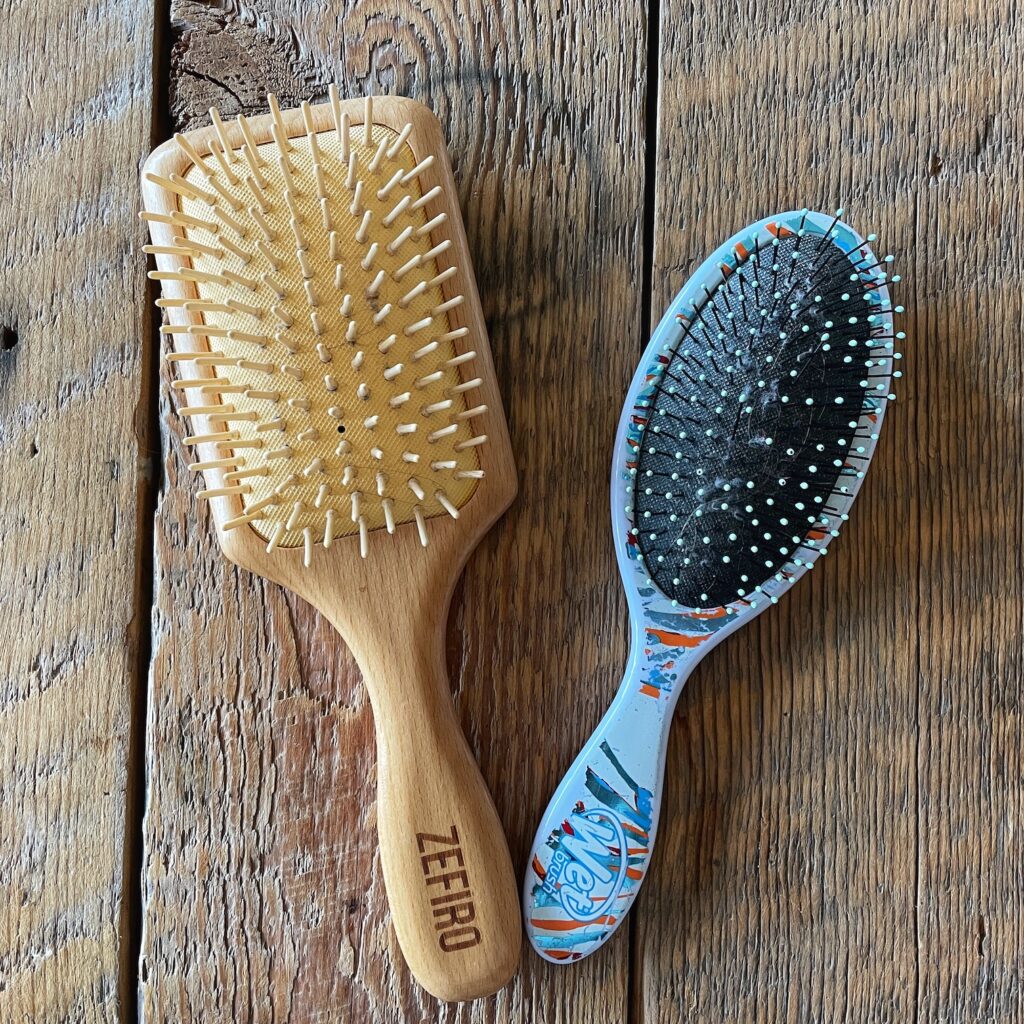
It was at this moment that I remembered why I had a preference for wood, bamboo, or natural rubber: they may be more expensive at the outset, and they may take time to decompose, but at least they actually decompose. Plastic…that’s forever.
The same, it turns out, goes for lip balm.
Lip balm smack-down
Me and lip balm go way back. We go back far enough that there was a time when I used it less so for keeping my lips hydrated during winter, and more for the opportunity to buy whacky flavours with glitter in the product. As a pre-teen, I went batty for Lip Smackers and Bonne Bell, which hyped sugary, sticky, and glittery gloss in plastic pens, pots, and tubes to my age and gender category. Even our dog was a fanatic, stealthily pilfering tubes from my unsuspecting friends’ pockets at slumber parties.
Over the years, my tastes changed and I discovered less glitter and more “natural” alternatives. But always, there have been two general truths about my lip balm use:
- I use it a lot.
- I am forever losing tubes.
I’ll hazard a guess here that at least one person reading this can admit to either (or both) of these truths.
There are who suggest that lip balm can become addicting, or that lip balm is created to be addicting. In actuality, you cannot actually become addicted to lip balm, but using it can be a bad habit that becomes hard to break.
For anyone living at a latitude that experiences dry winters, you know that the idea of foregoing lip balm is just absurd. There is no way I would even try to convince you otherwise, because I myself would fall apart without something to hydrate my own lips!
And so, we return to the story of the hairbrush.
Cliff note version: if we’re going to use a product to keep our lips from cracking, it might as well be designed with longevity and economy in mind, and then for proper disposal afterwards.
Not-so-fantastic tubes
For a while, Burt’s Bees was my go-to: full of all-natural beeswax and plant-based ingredients, I got hooked on the tingly feeling it left on my lips. But, it was encased in plastic! Agh!
And here is the crux of the matter: as an environmentally-minded person, I have struggled with lip balm because while the product inside might be full of organic, non-GMO, and cruelty-free ingredients, it’s usually wrapped in a plastic tube.
You might be thinking, “Just recycle the tube once it’s empty!” And, I have. And, you can. Usually. Maybe. Most lip balm tubes are composed of #5 plastic, or polypropylene (PP for short). This is an acceptable material in my municipality blue bin (I actually looked this up). (It might not be in yours.)
But!! Just because I can recycle my tubes doesn’t mean I feel great about it. Usually, there is still a bit of product left in the tube when I’m done with it. Even if the remainder is a small amount, it’s still a waste. The size of a standard tube can also be a bit limiting if you’re a heavy applier of balm.
And yeah, recycling is great and all, and I’ll never not advocate for that R, but it’s also a bit untrue, and we know this now. Our recycled plastic tubes probably won’t go back into making new tubes, which means we’re perpetuating a linear “take-make-waste” model. Double agh!
Lip balm, sans plastic
A while back, when I was first embarking on a low-waste lifestyle, I discovered that there were companies making lip balm products without plastic. Hallejulah!! This felt like a revelation. The first one I discovered was Organic Essence. They put their balm in a slim, malleable and compostable paper tube-sleeve-thing that you simply squeeze to bring up the product. When I squeezed out as much product as possible, I simply chucked the whole thing in the compost bin.
Eventually, I started going to farmer’s markets and putting more effort into supporting local artisans. I was delighted to discover, after moving to the Okanagan, a few local companies making plastic-free lip balm. One of my favourites is Om Natural. They use packaging just like Organic Essence! Seeing it on the shelves of their booth at the farmer’s market one day had me doing cartwheels. It immediately brought me back to that first purchase of plastic-free lip balm.
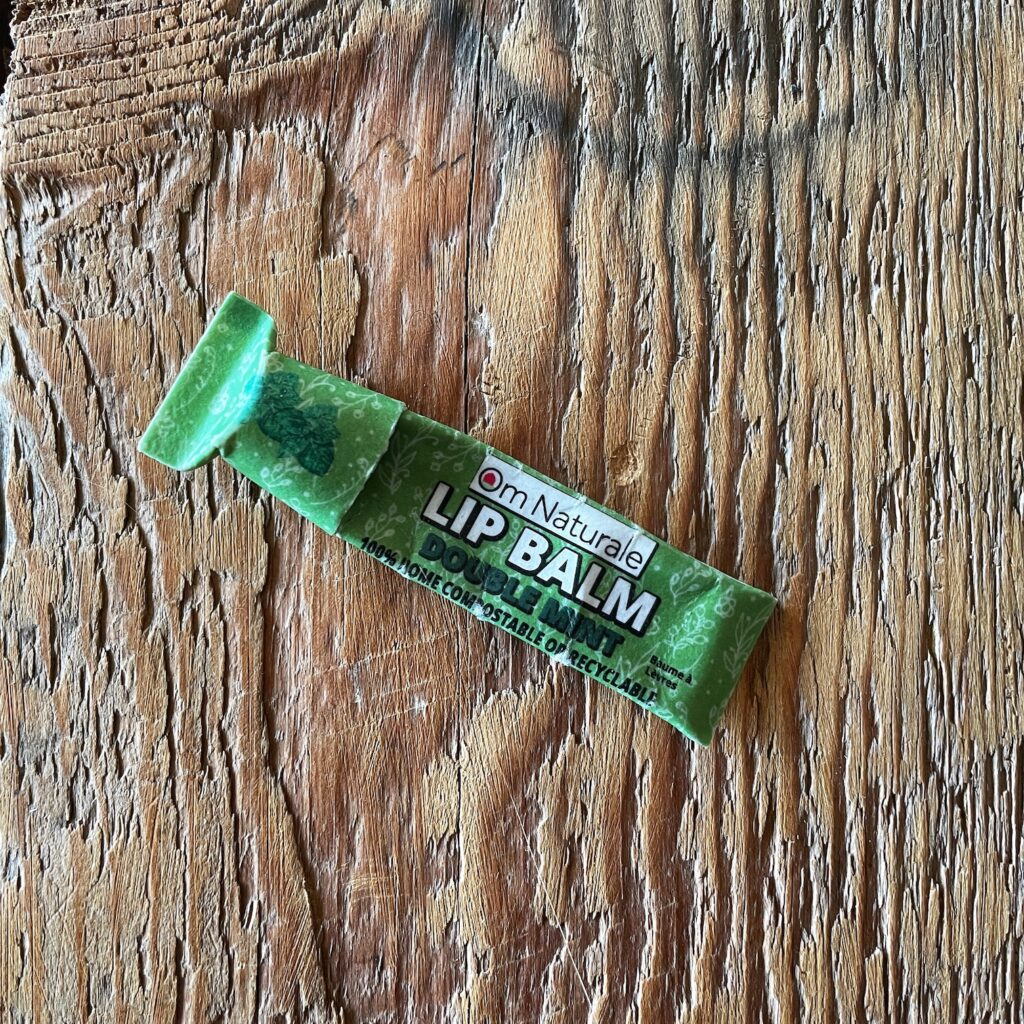
Locally made lip balm FTW!
But, I was still on the hunt for a tube that held up to my regular application, contained enough product to feel economical, was easy to find in my backpack, and that could ensure I’d use the entire tube, down to the last, hydrating drop.
These days, I use a balm from a local business that’s even closer to home (6.2km in fact!). The Okanagan Lavender and Herb Farm is a dream: they organically grow a cornucopia of flowers, herbs, and yes, lavender, that they lovingly craft into all kinds of products…including lip balm. Better still? Their tube design means I can actually use 100% of the product! And the tubes are compostable (minus the label)! In the last couple of years, I’ve gone through three tubes and each has become part of the compost I’ll eventually spread over my garden beds. There is still some waste (the label) but 99% of this product packaging is compostable. That’s pretty circular if you ask me.
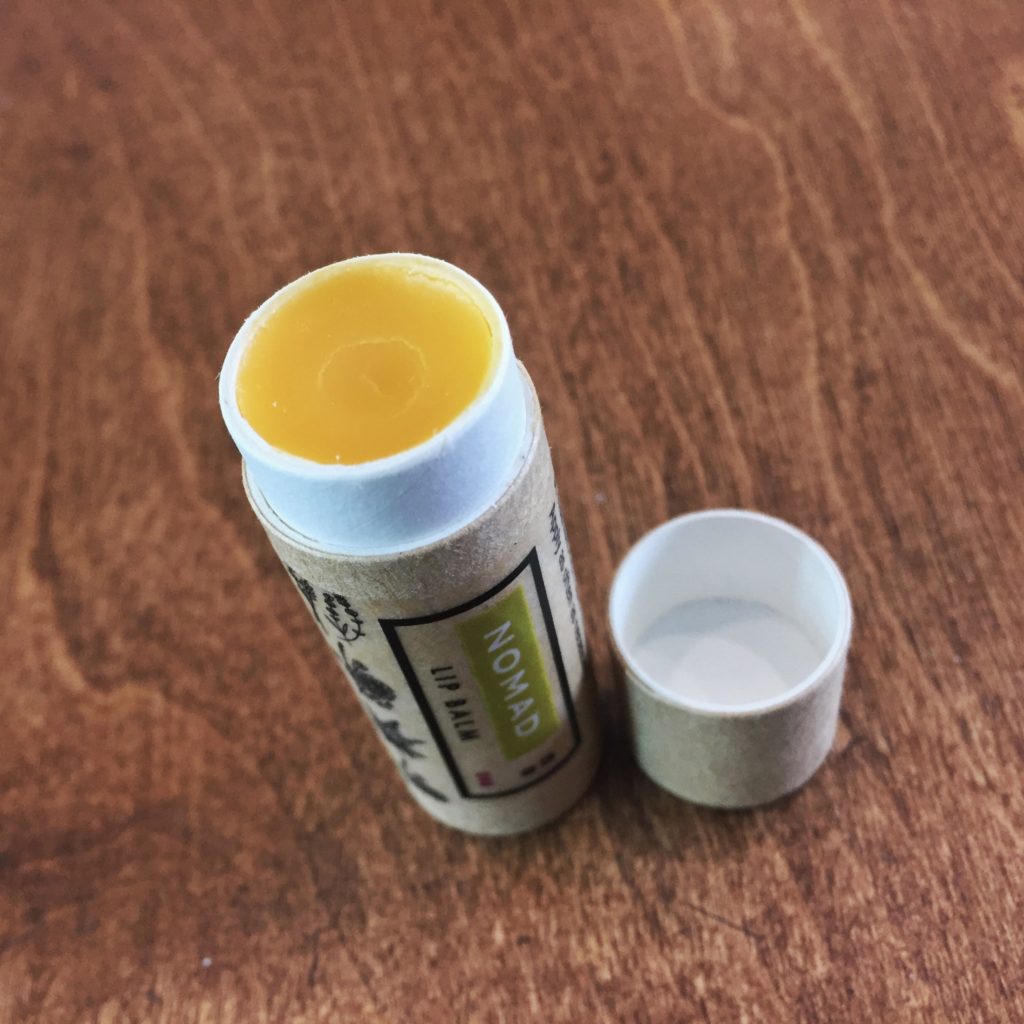
It turns out, theirs is not the only company moving to compostable tubes for their products. Look what I discovered at my local refillery this week! Several brands, most local to the Okanagan, rockin’ the plastic-free packaging. Score!
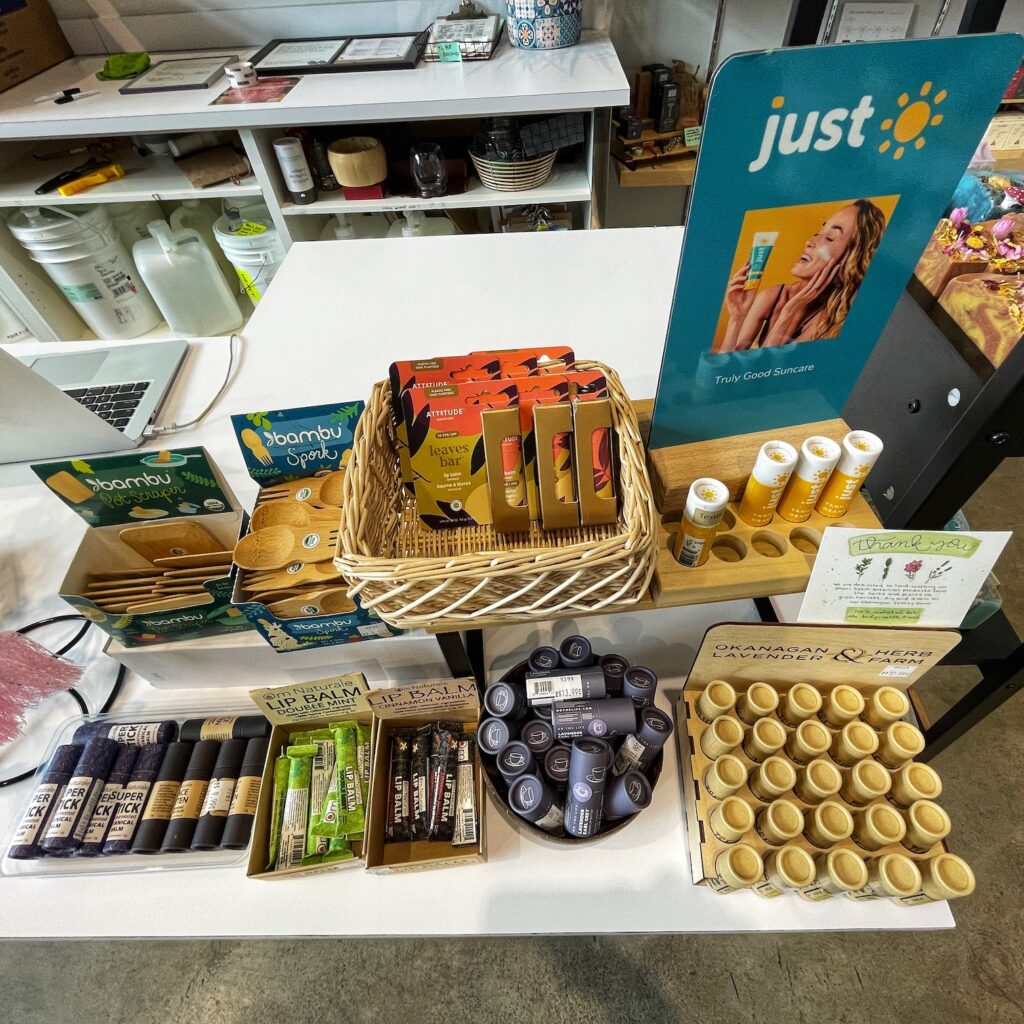
What about the label?
I know you’re wondering, especially after I’ve just spent all this time talking about how annoyed I am at plastic lip balm tubes! 😉 You know how we’re all making trade-offs, all the time? This is one of mine. I’d rather support a local company, where I know the owners, have seen how the product (and ingredients) are made and love their product. I’m willing to concede the label. Maybe one day they’ll be able to print directly onto the tube, but in the meantime, I’ll still support them!

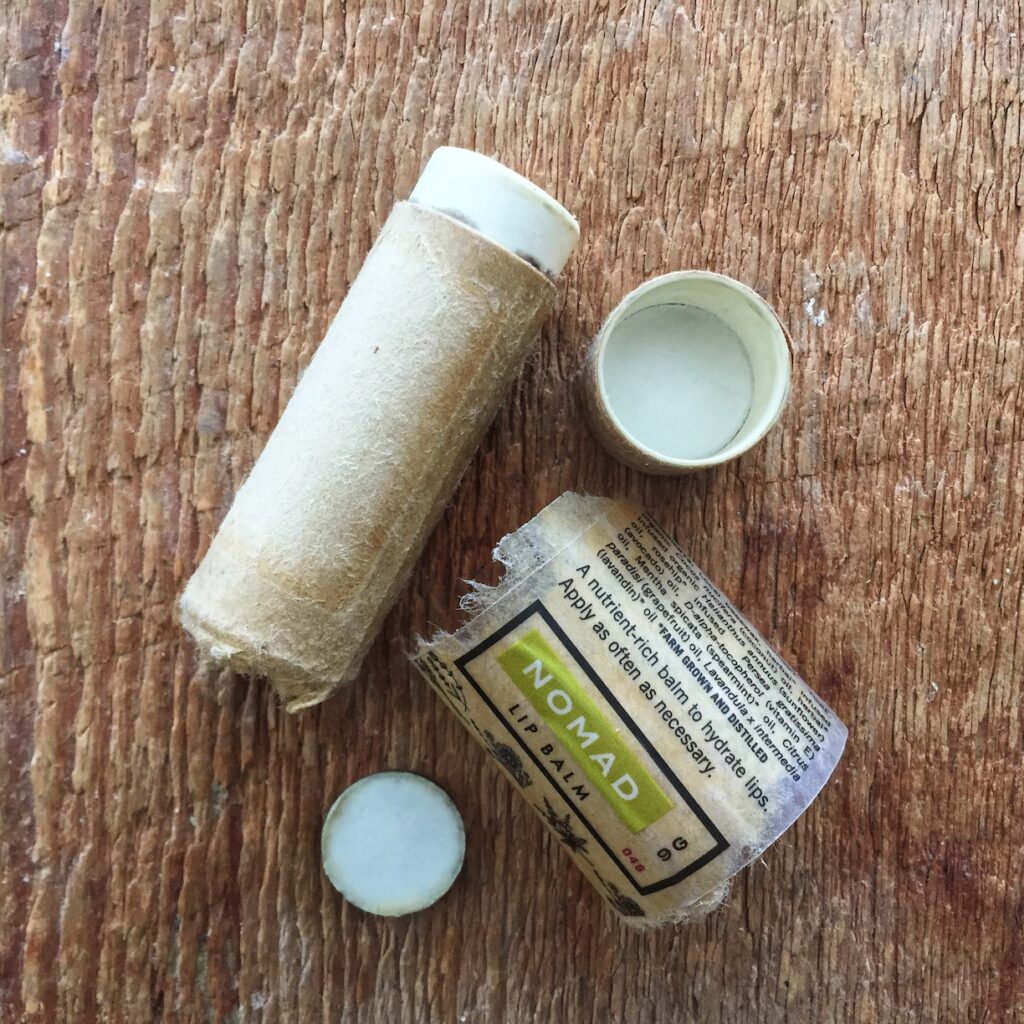
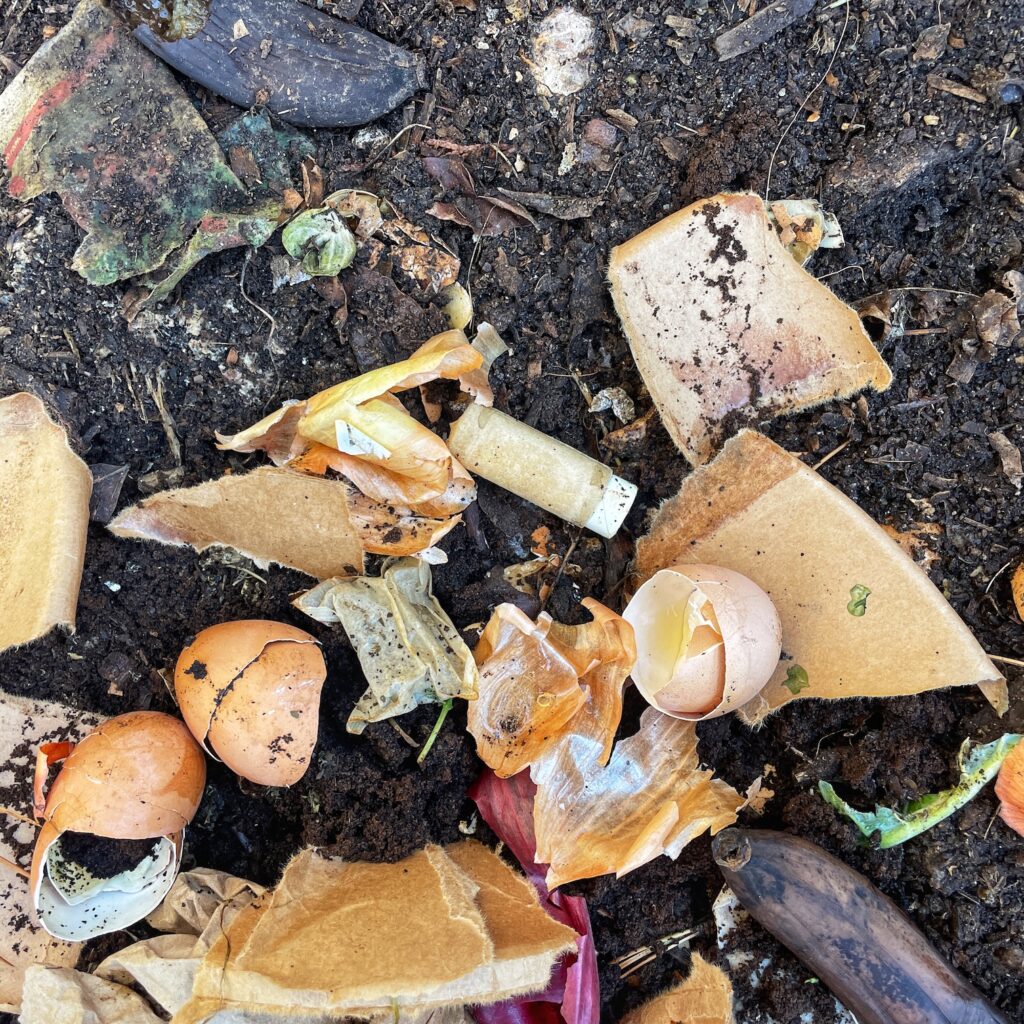
Getting down to compostable tacks
Maybe some of you are wondering, “This is all nice but is this actually economical?” I’ll be straight with you: a single, 9-gram tube of this lip balm runs me $12. “Egads!” you’ll say. “I can get an 8-pack of 4.25-gram Burt’s Bees at Costco for $28.99!”
Well, yeah, you can. And also, Burt’s Bees is a huge, multi-national corporation, owned by The Clorox Company. And there is the matter of their plastic tubes…But whatever, let’s put all the local, organic, hokey pokey aside and get down to brass tacks (why do we say that?). Let’s talk about longevity, since that matters when it comes to price.
I started tracking how long it took me to finish these $12 tubes:
- In 2021, I started a tube on March 2nd and it lasted me until December 8th. (That’s over 9 months.)
- In 2022, I started a new tube on July 13. That tube lasted me up until just recently (February 1, 2023). (That’s just over 6 months.) This was over a heavy-use period of winter, so I expected that it would last for slightly fewer months.
Now, while this is not the most accurate of scientific experiments, previous to this, I had never truly considered how long my lip balm lasted. These numbers feel significant to me. Maybe they are, maybe they aren’t. I tried to do a bunch of math to show that the 9-gram compostable tube is better price-wise, and then I got lost in the numbers and distracted from my original point, which is this: Why not design for longevity and circularity? If we do that, we end up with products that last, and then, disappear (more or less).
Lip balm designed for regeneration
When I stare at my tube of lip balm now, I see four really incredible things:
- It’s compostable.
- It’s local and made by a small business
- It’s economical (to me)
- It’s engineered in a way that results in very little trash.
When I’m done with this tube, it doesn’t make my head hurt to think about what to do with it. Even if Costco tubes are financially cheaper, they still require you to deal with the tubes! They still support multiple, corporate entities. There is still waste. There is still plastic!
Hairbrushes and lip balm are good examples of products that can now be made with better disposability in mind. Yes, they cost more up-front and sometimes not all components can be composted, but they often last longer and can also be returned to the earth in a way that supports regeneration and circularity. And, probably, we save a bit of money in the process (long-term). Shouldn’t that be the whole point?

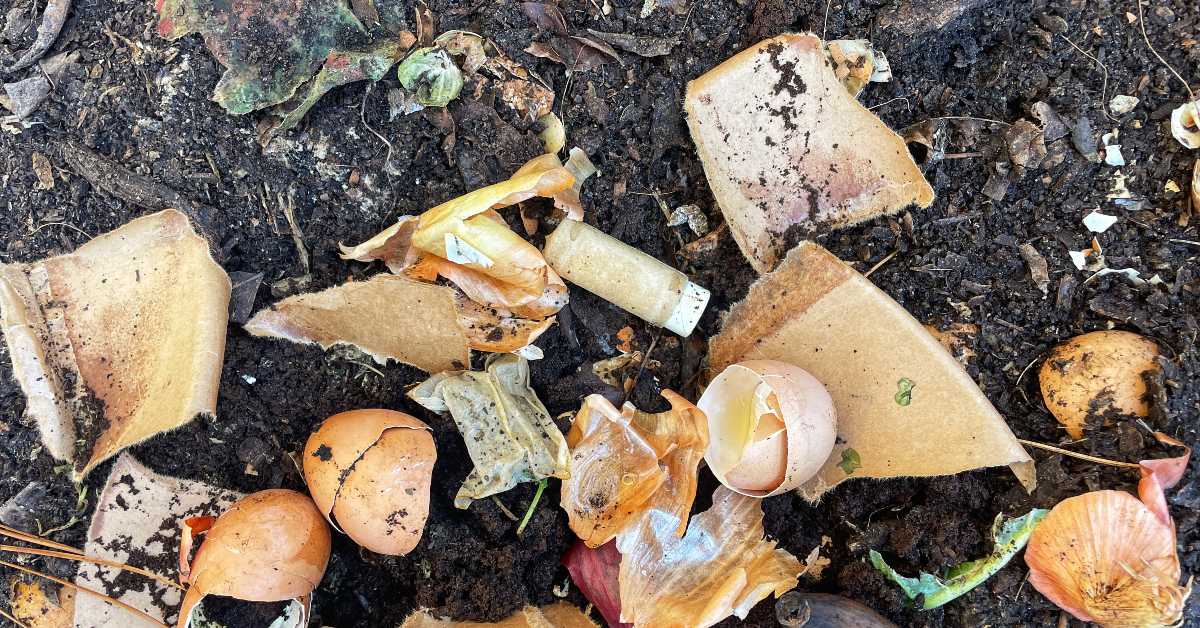
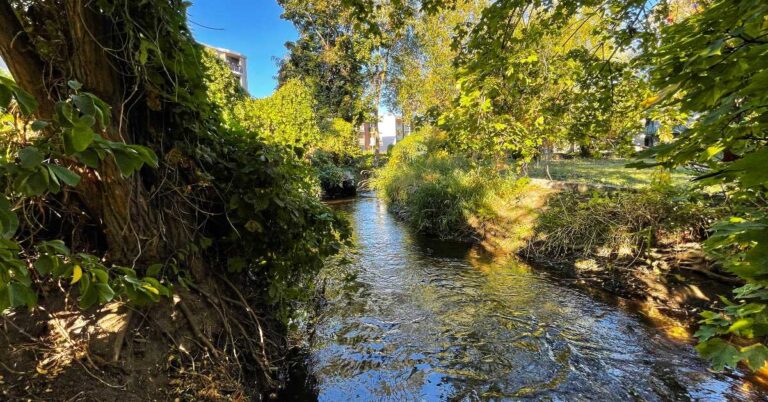
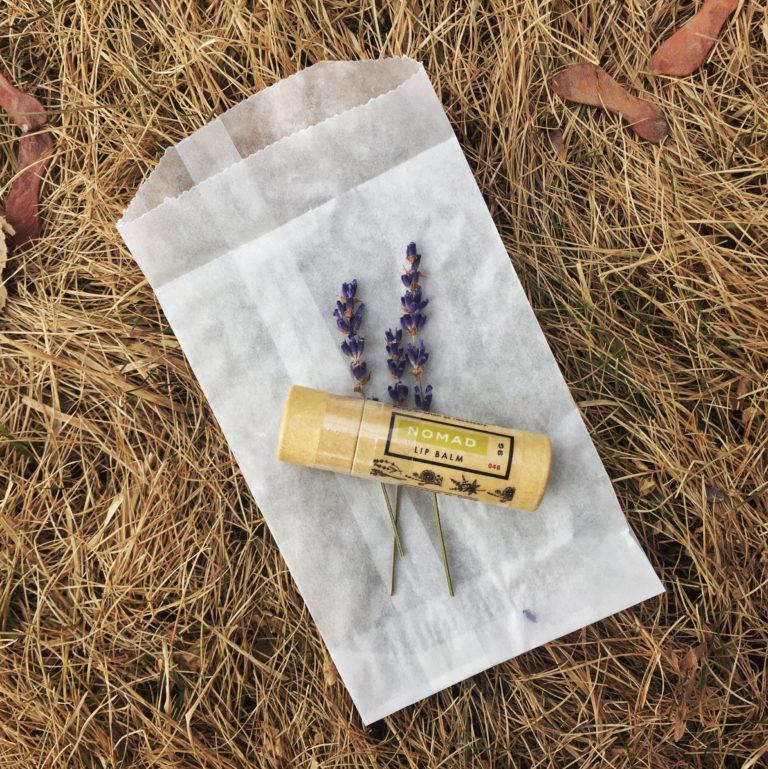
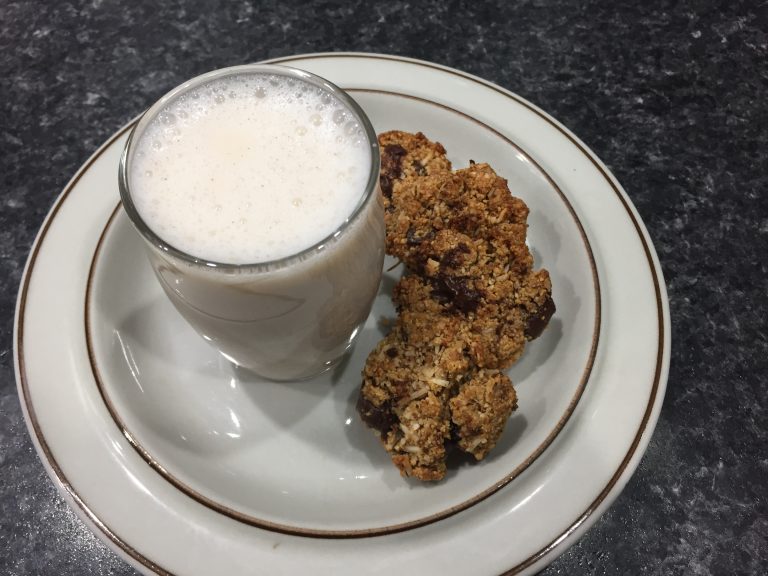
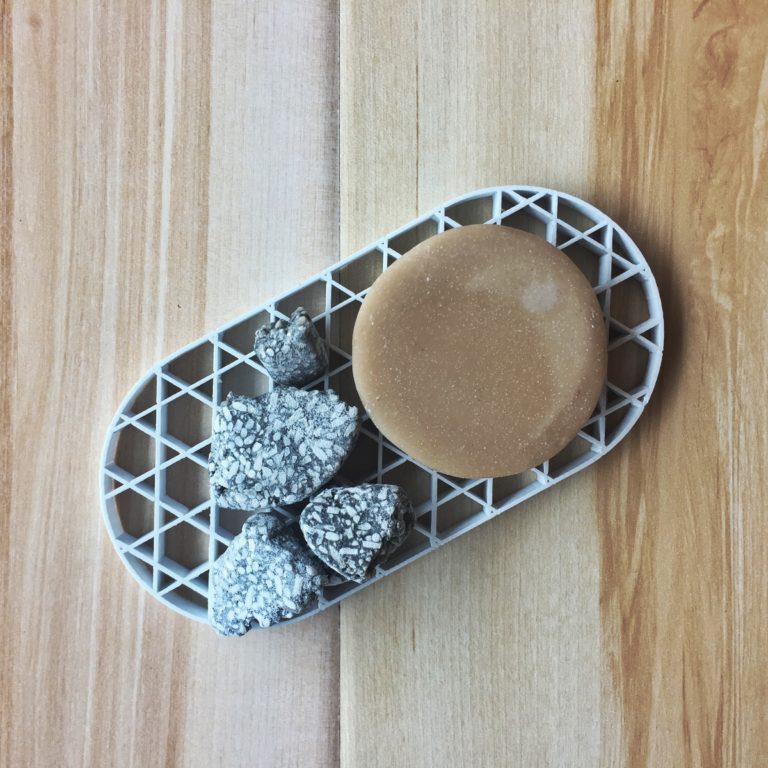
Love this! It’s about time for me to go get some more lip balm and I think I need to try the lavender farm stuff. I haven’t yet. As for the brush, I have yet to find a bamboo one that doesn’t hurt my head. I’ve had a Wet one for about 10 years. It’s not great but that’s my travel one now and I bought a “new” one about 5 years ago that I still use daily. IT’s not as great anymore but I never thought about throwing it away either. Anyway, as always you’ve made me mull things over. I feel like I could use a new brush. What should I get? Where does the old one go? Etc!
Bravo Ryan!!!! YES!!
Excellent blog, thank you!